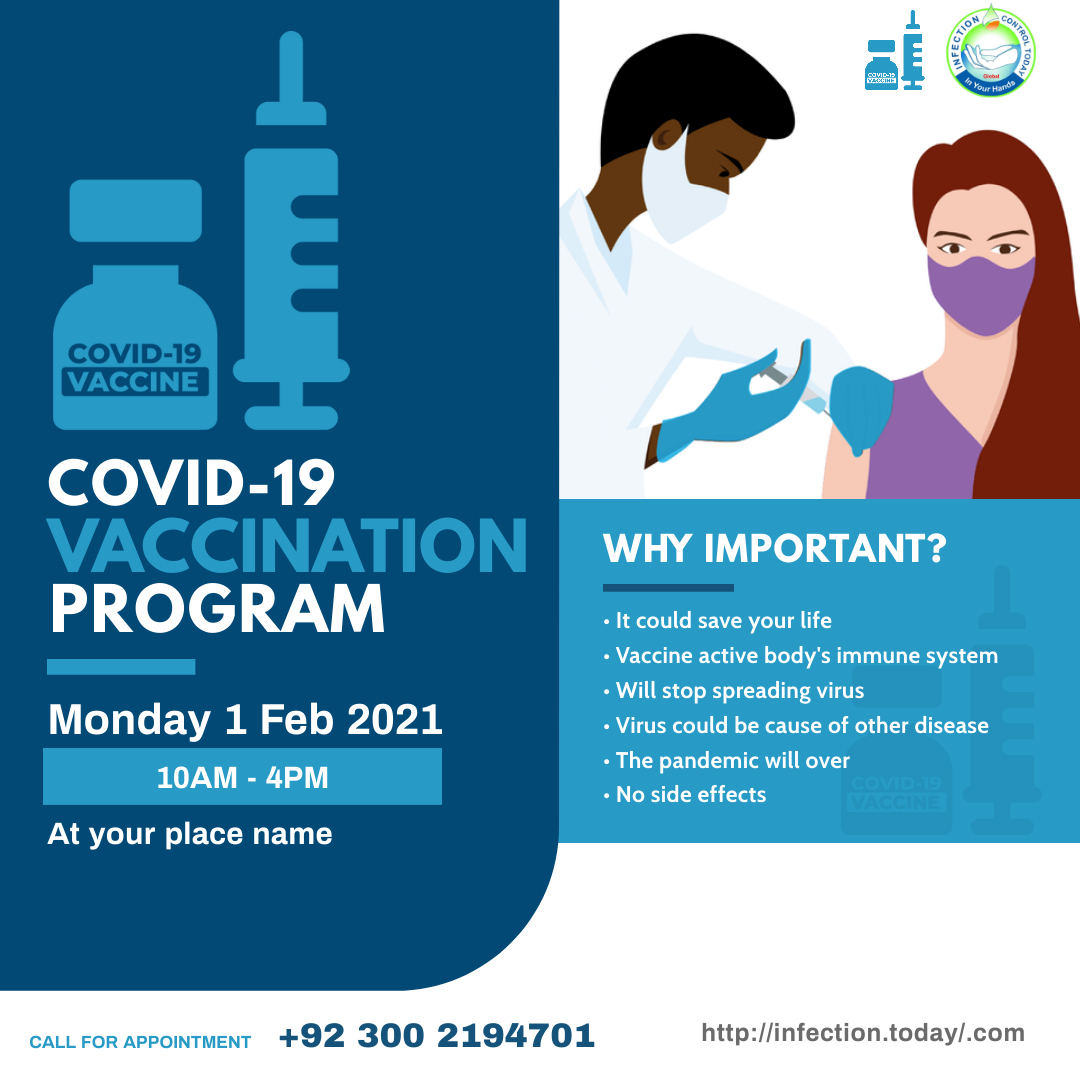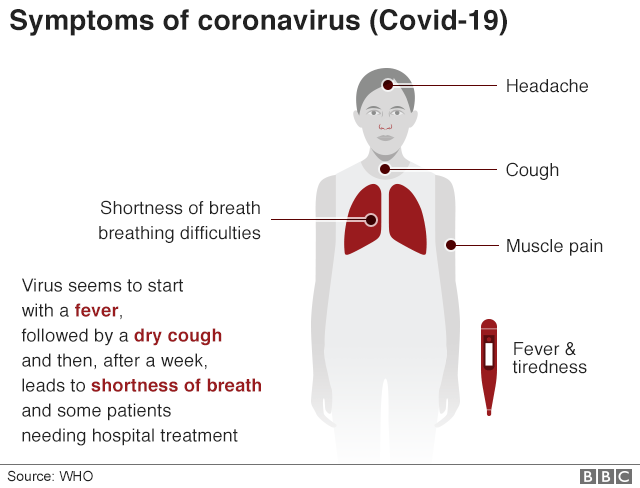Global Handwashing Day

HAND HYGIENE FOR ALL
October 15 is Global Handwashing Day, a global advocacy day dedicated to increasing awareness and understanding about the importance of handwashing with soap as an effective and affordable way to prevent diseases and save lives.
GLOBAL HANDWASHING DAY IS AN OPPORTUNITY TO DESIGN, TEST, AND REPLICATE CREATIVE WAYS TO ENCOURAGE PEOPLE TO WASH THEIR HANDS WITH SOAP AT CRITICAL TIMES.
The COVID-19 pandemic provides a stark reminder that one of the most effective ways to stop the spread of a virus is also one of the simplest: hand hygiene, especially through handwashing with soap. To beat the virus today and ensure better health outcomes beyond the pandemic, handwashing with soap must be a priority now and in the future. This year’s theme, Hand Hygiene for All, calls for all of society to achieve universal hand hygiene.
No matter your role, you can celebrate Global Handwashing Day!
COVID-19 as an awakening for hand hygiene access
When the COVID-19 pandemic first began and little was known about the novel coronavirus, one of the World Health Organization (WHO)’s first recommendations was a simple, tried-and-true public health measure: handwashing. This advice persists today as one of the most important ways, alongside masks, to prevent COVID-19. Just twenty seconds of scrubbing with water and soap, or with an alcohol-based hand sanitizer, can wash away the novel coronavirus—in addition to other common infectious diseases such as typhoid, cholera, and diarrheal pathogens like rotavirus, E. coli, and Shigella.
As the pandemic unfolded around the world, hand sanitizer and handwashing stations became as in-demand as toilet paper. But in too many places around the world, a preexisting lack of access to safe water, sanitation, and hygiene (WASH) resources makes handwashing impossible. In fact, 40% of the world’s population does not have access to a basic handwashing facility.
For health care workers who cannot practice safe handwashing due to a lack of safe water or soap in health care facilities, this issue can have dire consequences for spreading infection. In a COVID-19 guidance document sent to Member States in April 2020, WHO wrote:
“Although awareness of the importance of hand hygiene in preventing infection with the COVID-19 virus is high, access to hand hygiene facilities that include alcohol-based hand rubs as well as soap and water is often suboptimal in the community and in health care facility settings, especially in low-and middle-income countries. WHO and UNICEF estimate that globally 3 billion people lack hand hygiene facilities at home and two out of five health care facilities lack hand hygiene at points of care.”
WHO recognized WASH in health care facilities as an urgent global health crisis in 2019, before COVID-19 began. The World Health Assembly Resolution urges countries to address the issue and seeks commitments from governments, partners, organizations, and individuals in line with the Resolution
Another critical location for hand hygiene access is in schools. For families without handwashing facilities at home, schools can be a lifeline of hygiene access for children. With many schools currently closed due to the pandemic, this lifeline is shut off. But in too many other schools, WASH was already lacking before the start of COVID-19. A recent WASH in Schools report from UNICEF found that, in the 60 countries at the highest risk of health and humanitarian crisis due to COVID-19, 3 in 4 children lacked a basic handwashing service at their school at the start of the outbreak. As schools begin to reopen, UNICEF and WHO urge governments to implement WASH in schools. These steps will not only help stop the spread of COVID-19, but also protect children from other WASH-related diseases such as diarrhea and typhoid that can interrupt education and have lasting health consequences.
Of course, installing handwashing facilities is just the first step to improving access and uptake. As with all public health interventions, there also is a human behavioral component. The latest research on behavior change highlights the utility of simple environmental “nudges” such as signs, communication that is empowering rather than fear-inducing, and the importance of infrastructure. More behavior change research is needed, but one thing is clear—behavior change can only go so far without policy change. It’s impossible for people to make good choices when they have no good choices. In the same COVID-19 guidance document, WHO acknowledges findings from research:
“When hand hygiene is provided free of charge and is made obligatory by public health authorities, acceptability and adherence to hand hygiene best practices are improved.” (Source: https://globalhandwashing.org/covid-19-as-an-awakening-for-hand-hygiene-access/)
.
Trending News
Can Pakistan hold off a second coronavirus wave?
SARS CoV-2 virus, the causative agent of COVID-19 infection spread across the globe during the last …
Global Handwashing Day
Global Handwashing Day is an international handwashing promotion campaign to motivate and mobilize p…
Hand Hygiene
Hand washing, also known as hand hygiene, is the act of cleaning one’s hands with soap and water to …
Impact of Corona Virus
The outbreak of coronavirus disease (COVID-19) has severely affected the global and Pakistani econom…
Hospital Situation to meetup Corona Patients
During the initial wave of the Covid-19 pandemic, hospitals worldwide diverted resources from routin…
Impact
Technology
Way Forward
Pakistan is poised on a knife’s edge after the lockdown was lifted in phases countrywide. While mo…
SAFE COVAX VACCINE NETWORK (SCVN)
B1-Employee-vaccination-formDownload…
Can Pakistan hold off a second coronavirus wave?
SARS CoV-2 virus, the causative agent of COVID-19 infection …
Views
Impact of COVID-19 pandemic on micro, small, and medium-sized Enterprises operating in Pakistan
The outbreak of coronavirus disease (COVID-19) has severely affected the global and Pakistani econom…
Technology
How is COVID-19 transmitted?
How is the virus that causes COVID-19 most commonly transmit…
Responding to COVID-19
The COVID-19 pandemic is an unprecedented health crisis of g…

COVID19 Group is establish to create to bring harmony
follow us
Subscribe Us
Enter your e-mail and subscribe to our newsletter. We promise not to spam.
Latest Posts
Recent Posts
All-Around Us

Can Pakistan hold off a second coronavirus wave?
SARS CoV-2 virus, the causative agent of COVID-19 infection spread across the globe during the …

Global Handwashing Day
Global Handwashing Day is an international handwashing promotion campaign to motivate and mobil…

Hand Hygiene
Hand washing, also known as hand hygiene, is the act of cleaning one’s hands with soap and wate…

Impact of Corona Virus
The outbreak of coronavirus disease (COVID-19) has severely affected the global and Pakistani e…

Hospital Situation to meetup Corona Patients
During the initial wave of the Covid-19 pandemic, hospitals worldwide diverted resources from r…
Scenarios
Can Pakistan hold off a second coronavirus wave?
SARS CoV-2 virus, the causative agent of COVID-19 infection spread across the globe during the …
Global Handwashing Day
Global Handwashing Day is an international handwashing promotion campaign to motivate and mobil…
Hand Hygiene
Hand washing, also known as hand hygiene, is the act of cleaning one’s hands with soap and wate…
Impact of Corona Virus
The outbreak of coronavirus disease (COVID-19) has severely affected the global and Pakistani e…
Hospital Situation to meetup Corona Patients
During the initial wave of the Covid-19 pandemic, hospitals worldwide diverted resources from r…
Technology
Way Forward
Pakistan is poised on a knife’s edge after the lockdown was lifted in phases countrywide. While mo…
Technology
SAFE COVAX VACCINE NETWORK (SCVN)
B1-Employee-vaccination-formDownload…
Can Pakistan hold off a second coronavirus wave?
SARS CoV-2 virus, the causative agent of COVID-19 infection …
Impact
Impact of COVID-19 pandemic on micro, small, and medium-sized Enterprises operating in Pakistan
The outbreak of coronavirus disease (COVID-19) has severely affected the global and Pakistani econom…
Technology
How is COVID-19 transmitted?
How is the virus that causes COVID-19 most commonly transmit…
Responding to COVID-19
The COVID-19 pandemic is an unprecedented health crisis of g…
World Around Us
Can Pakistan hold off a second coronavirus wave?
SARS CoV-2 virus, the causative agent of COVID-19 infection spread across the globe during the …
Global Handwashing Day
Global Handwashing Day is an international handwashing promotion campaign to motivate and mobil…
Hand Hygiene
Hand washing, also known as hand hygiene, is the act of cleaning one’s hands with soap and wate…
Impact of Corona Virus
The outbreak of coronavirus disease (COVID-19) has severely affected the global and Pakistani e…
Hospital Situation to meetup Corona Patients
During the initial wave of the Covid-19 pandemic, hospitals worldwide diverted resources from r…
Most Viewed
Recent Comment
Gallery













 gutentor-overlay
gutentor-overlay gutentor-overlay
gutentor-overlay gutentor-overlay
gutentor-overlay gutentor-overlay
gutentor-overlay

